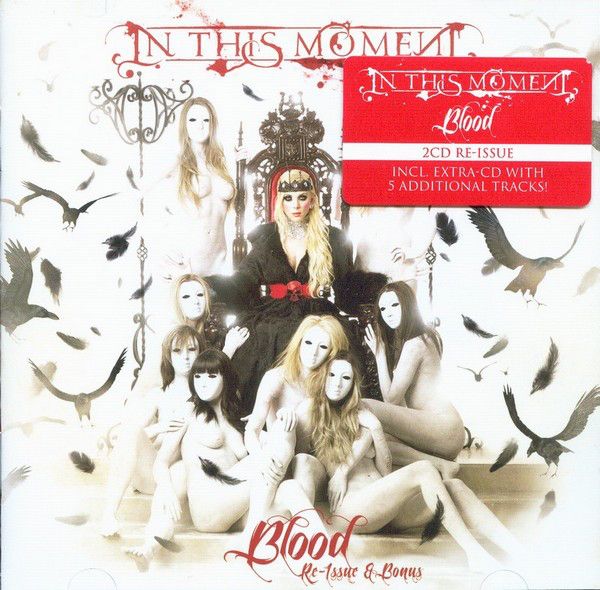

Over time, this can lead to alcohol-related liver disease.Ĭirrhosis is the final stage of alcohol-related liver disease. Alcohol-related liver diseaseĭrinking too much alcohol damages the liver. a severe form of non-alcoholic fatty liver disease (NAFLD), called non-alcoholic steatohepatitis, where the liver becomes inflamed from a build-up of excess fatĬirrhosis can also be caused by a problem affecting your bile ducts (such as primary biliary cholangitis) or immune system (such as autoimmune hepatitis), some inherited conditions, and the long-term use of certain medicines.being infected with hepatitis for a long time, particularly hepatitis B or hepatitis C.drinking too much alcohol over many years.In the UK, the most common causes of cirrhosis are: If your liver is severely damaged, a liver transplant may be the only treatment option.

You may be advised to cut down or stop drinking alcohol, or to lose weight if you're overweight.Ī GP can help you get support if you need help to stop drinking or to lose weight. Treating the problem that led to cirrhosis (for example, using anti-viral medicines to treat hepatitis C) can stop cirrhosis getting worse. However, there are ways to manage the symptoms and any complications and slow its progression. There's no cure for cirrhosis at the moment. If you have complications from cirrhosis, or a high chance of getting complications, you may be referred to a specialist liver centre. If tests show that you have cirrhosis, a GP should refer you to see a doctor who specialises in liver problems (hepatologist).
In this moment blood meaning skin#
yellowing of the skin and whites of the eyes (jaundice).If cirrhosis gets worse, some of the symptoms and complications include: get red patches on your palms and small, spider-like blood vessels on your skin (spider angiomas) above waist level.You may not have any symptoms during the early stages of cirrhosis.Īs your liver becomes more damaged, you may: Treatment may be able to stop cirrhosis from getting worse.

However, cirrhosis can eventually lead to liver failure, and you can get serious complications, which can be life threatening. Your liver may keep working even when you have cirrhosis. The scar tissue prevents the liver working properly.Ĭirrhosis is sometimes called end-stage liver disease because it happens after other stages of damage from conditions that affect the liver, such as hepatitis. Cirrhosis is scarring (fibrosis) of the liver caused by long-term liver damage.


 0 kommentar(er)
0 kommentar(er)
